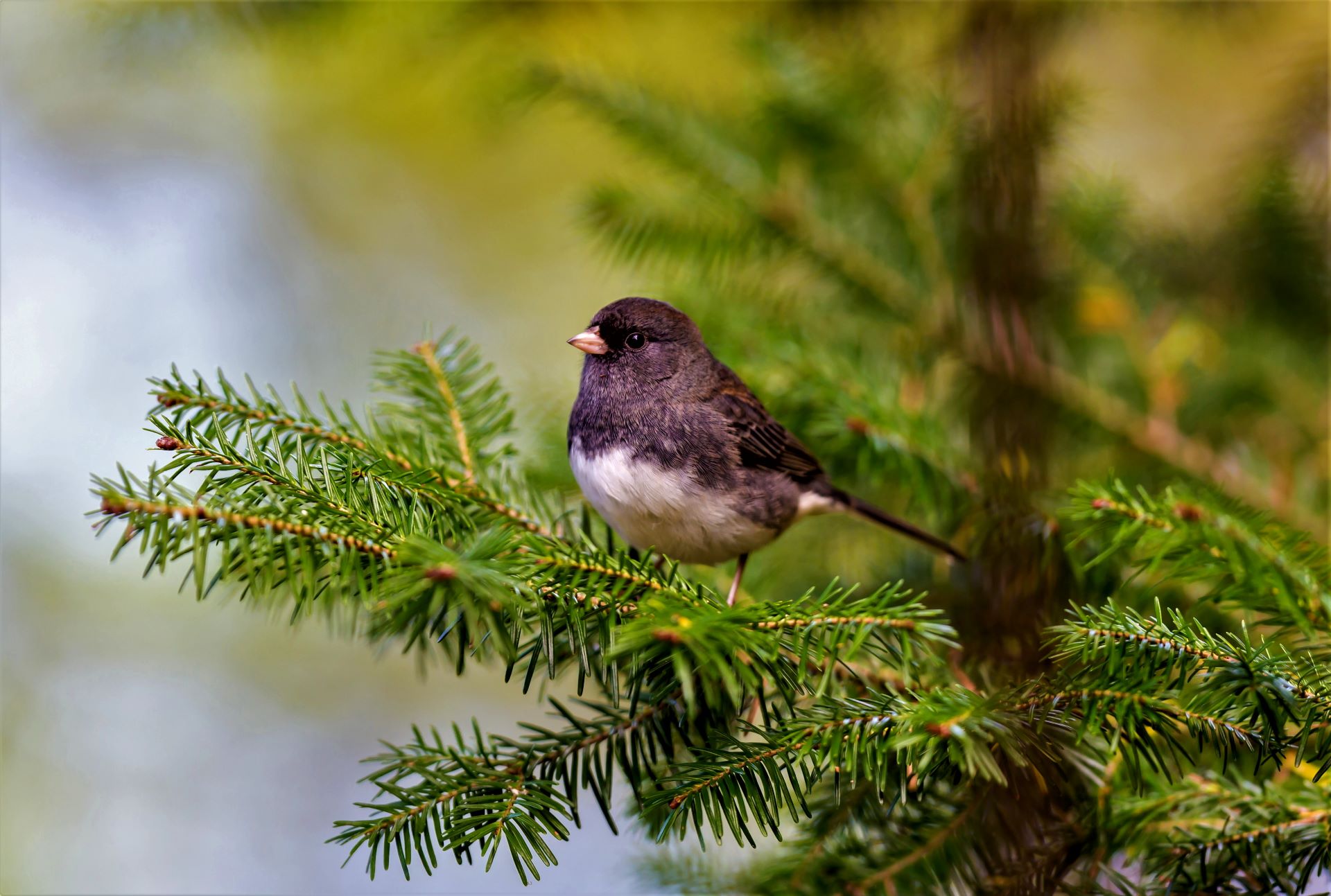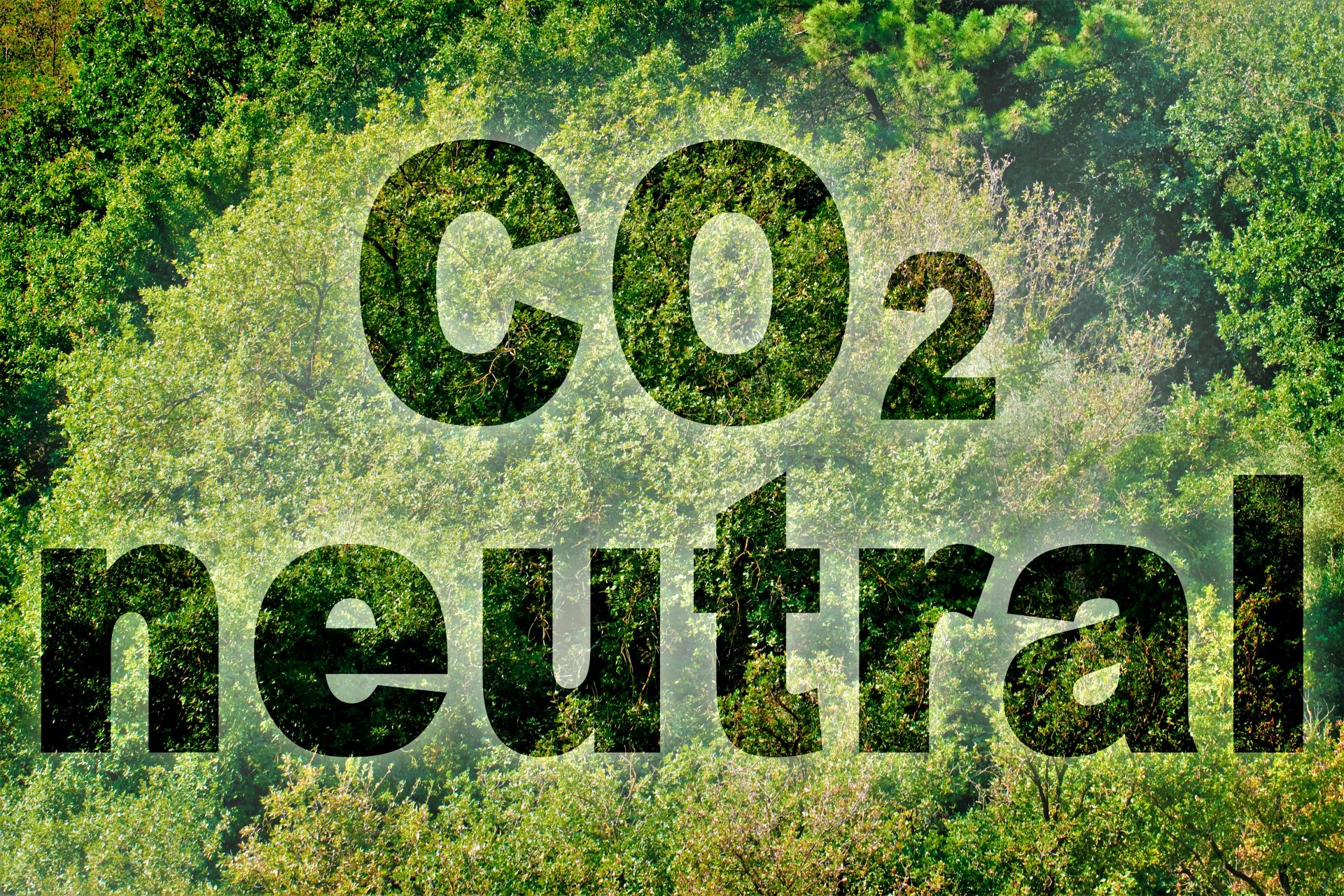The planet we call home is warming faster than at any point in recorded history. As greenhouse gas emissions blanket our Earth, they trap the sun’s heat. Generating our electricity and heat by burning fossil fuels like coal, oil and natural gas causes a big chunk of our global emissions; currently, only around a quarter of our electricity comes from wind, solar and other renewable sources. Mining, manufacturing and industry create massive emissions, mainly from burning fossil fuels to produce energy to make things like cement, iron, steel, electronics, plastics, clothes and other consumer items.
Chopping down forests to make space for open pastures for mass livestock causes harmful emissions as well, since trees, when they are cut, release the carbon they had been kindly storing. Since forests absorb carbon dioxide, their destruction also limits nature’s ability to regulate itself and keep harmful emissions out of the atmosphere.
How Climate Change Threatens Biodiversity
Climate change-related threats to biodiversity aren’t problems for the distant future. In recent reports, the International Union for Conservation of Nature (IUCN) emphasized the alarming impact that global warming is having on species right now—and its list is long. Just to start, short-tail nurse sharks are threatened due to coral reef bleaching and degradation. Violent hurricanes that only seem to amp up in intensity over the years are wiping out the habitats of the imperial parrot. Sparse rainfall coupled with higher-than-normal temperatures put many Australian freshwater fish species at risk—soon they might not have enough water to swim in.

When climate change makes the news, most of the focus is on how it will impact humans. But animals also have to adapt to these changes, and quickly, as their lives in the next few years actually depend on it. It’s not as though they can escape to air-conditioned buildings to cool themselves down!
Climate change puts enormous pressure on animals to adapt more rapidly than they otherwise would. Some species will be able to adapt, while others will become endangered or extinct.
Shapeshifting: The Ultimate Adaptation to Climate Change?
Scientists have been fascinated to find that some adaptable animals are turning into shapeshifters in a very short amount of time, changing the sizes and shapes of certain body parts to better regulate their body temperatures—in these cases, to cool off.
Many animal appendages are used to dissipate excess body heat. Allen’s rule (formulated by ornithologist Joel Asaph Allen in 1877) demonstrated that animals in warmer climates have larger appendages to facilitate more efficient heat exchange. For little creatures like mice, tails do the job. For birds, their bills do the work. And elephants rely on flapping their massive ears to stay cool.

© Sarah Raby
So it should come as no surprise that some species are now growing bigger wings, sprouting longer ears or growing larger bills to deal with our warming world. Bird researcher and author of a recent study published in the journal Trends in Ecology & Evolution, Sara Ryding of Deakin University, states:
“A lot of the time when climate change is discussed in mainstream media, people are asking ‘can humans overcome this?’ or ‘what technology can solve this?’. It’s high time we recognized that animals also have to adapt to these changes, but this is occurring over a far shorter timescale than would have occurred through most of evolutionary time. The climate change that we have created is heaping a whole lot of pressure on them.”
Bigger Bills and Longer Tails
Examples that correlate climate breakdown with this type of shapeshifting include several species of Australian parrot that have shown a 4 to 10% increase in bill size since 1871, positively correlated with the summer temperature each year. (We often see these parrots on our Southern Australia Wildlife tour of Tasmania and Kangaroo Island). On thermal photos of the parrots, it’s possible to see the heat radiating from their beaks and talons, which glow bright yellow. Bigger bills allow for larger vasculature that circulates more blood, thus dispelling more body heat.
North American dark-eyed juncos, a type of small songbird, also showed a link between increased bill size and short-term temperature extremes. Ryding’s team also measured the bills of Galapagos finches from 2003 to 2011 and found that they grew in response to temperature spikes.
“Galapagos finches increase their bills depending on the temperatures of the preceding year, and they fluctuate a little bit,” Ryding says.

Researchers have reported tail length increases in wood mice, and tail and leg size increases in masked shrews. Bats in warm climates are also showing increased wing size (roundleaf bats have increased their wing size by more than 1% since the 1950s).
Though the adaptations are still fairly small, Ryding said that could change as the planet becomes increasingly hotter.
“The increases in appendage size we see so far are quite small—usually less than 10%—so the changes are unlikely to be immediately noticeable,” Ryding said. “However, prominent appendages such as ears are predicted to increase, so we might end up with a live-action Dumbo in the not-so-distant future.”
Unexpected Consequences for Shapeshifters
It remains unclear how these shapeshifting changes will affect the animals in other ways. Obviously, if larger ears or bills can help the animal cool off instead of overheating and dying, that’s a good thing. But other consequences could come into play. Bigger bills could affect how birds are able to feed, and what they are able to feed on. For example, for birds like the hummingbird that feed on flower nectar, having narrow, needle-like beaks is crucial. A broader, wider beak would make it difficult to effectively feed on the flowers they’re used to drawing their nutrition from, which could result in malnourishment.
So, shapeshifting doesn’t necessarily mean animals are coping with climate change well, Ryding says. “It just means they are evolving to survive it—but we’re not sure what the other ecological consequences of these changes are, or indeed that all species are capable of changing and surviving.”
How Humans Can Help
As habitats continue to change, extreme weather events like hurricanes and severe flooding increase, and temperatures rise, animals shouldn’t be left to their own devices to try to survive a human-led problem. We can get creative to find ways to help animals adapt and become more resilient to climate change.
One interesting model is WWF’s Wildlife Adaptation Innovation Fund, which implements on-the-ground projects like building artificial mounds that serve as refuges for one-horned rhinos during severe flooding. Another is Climate Crowd, which uses crowd-sourced data to better understand climate change’s effects and develop community-informed adaptation solutions in rural areas. These are just a couple of efforts that recognize the threat that global warming poses not just to the human race, but to wildlife as well, and they aim to help us all adapt to a rapidly changing world.

At Nat Hab, we try to do our part to help slow down climate change. Travel-related activities account for approximately 10% percent of harmful worldwide greenhouse gas emissions, so, since 2007, we have partnered with Sustainable Travel International to reduce and offset the carbon emissions from all of our office- and trip-related activities. We are proud to say that Natural Habitat Adventures was the world’s first 100% carbon-neutral travel company, and we will continue pushing ourselves to do everything that we can to protect the wildlife that we and our travelers cherish.

























